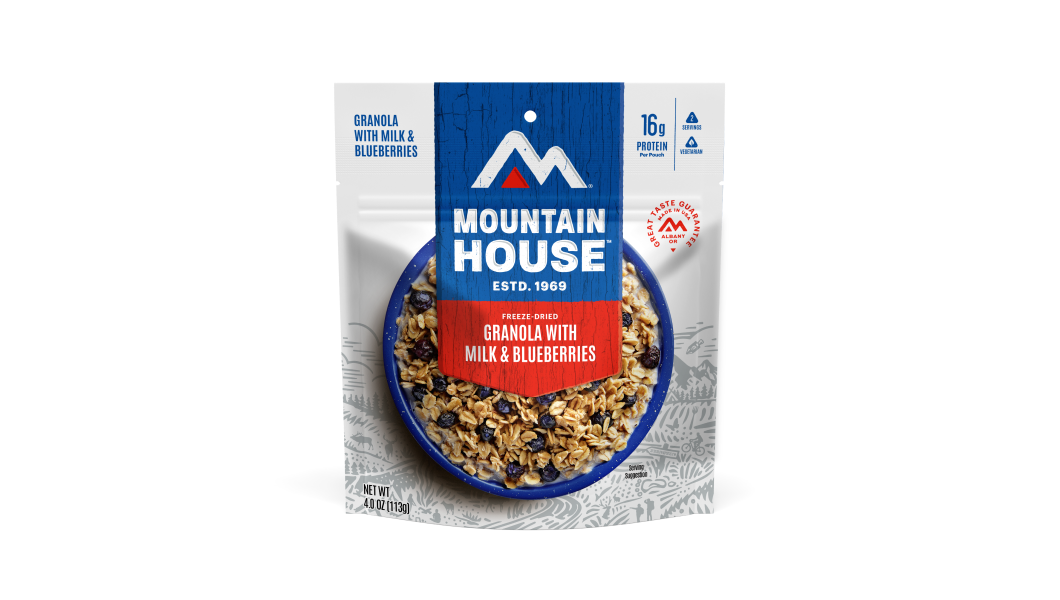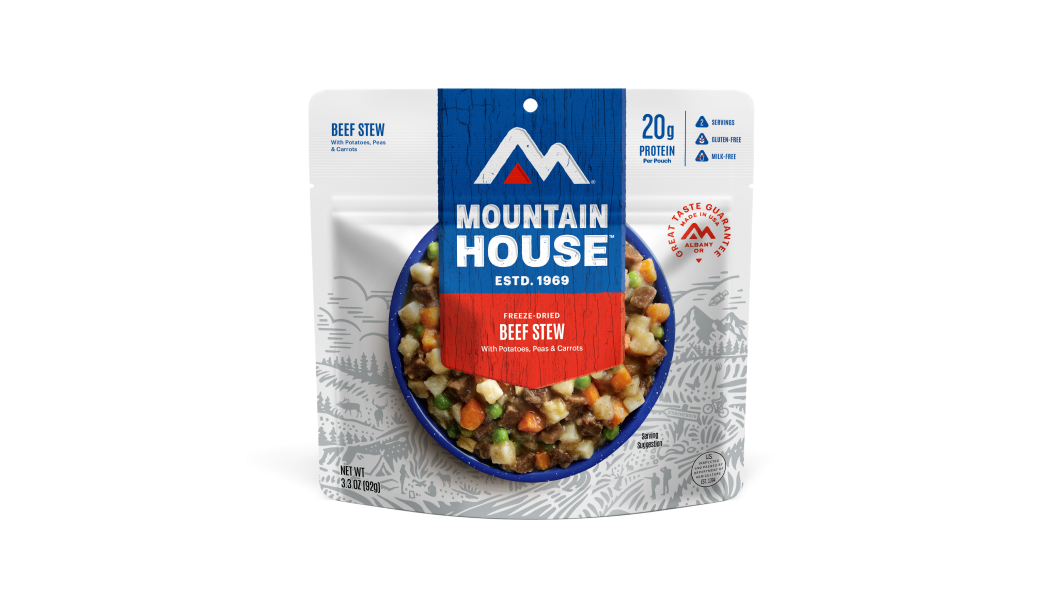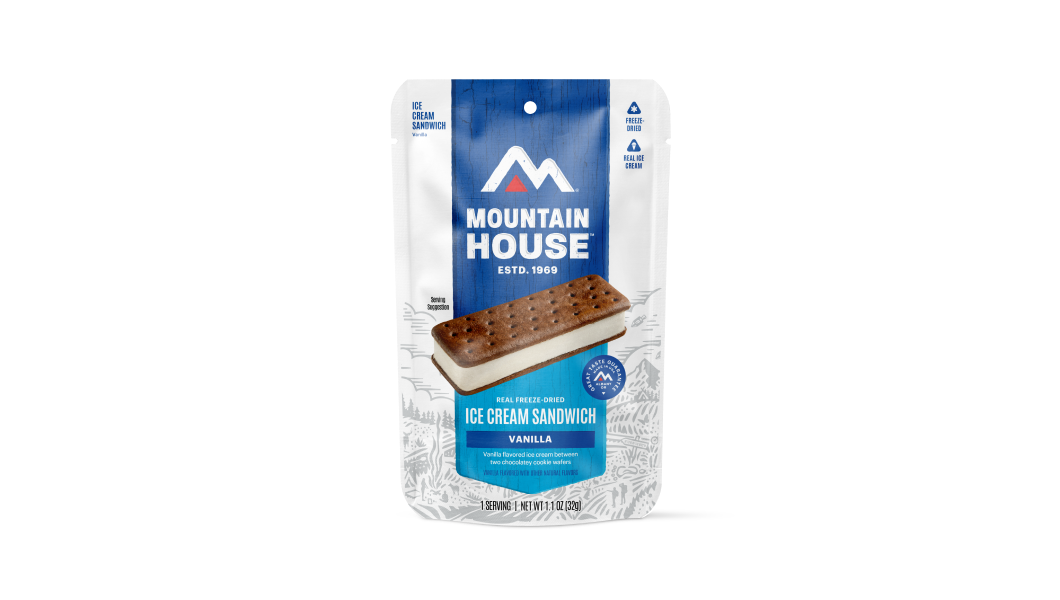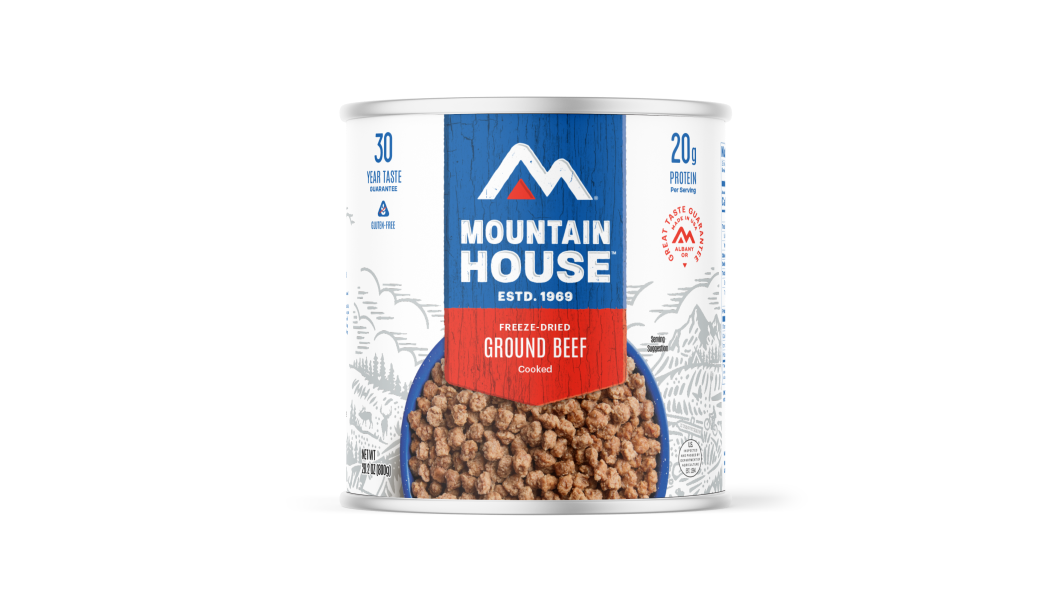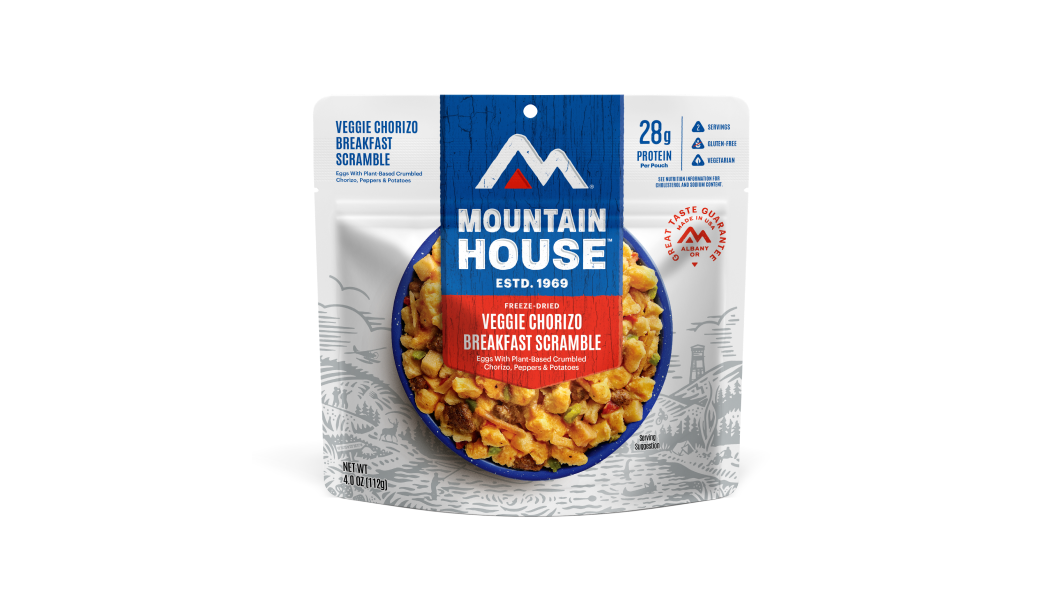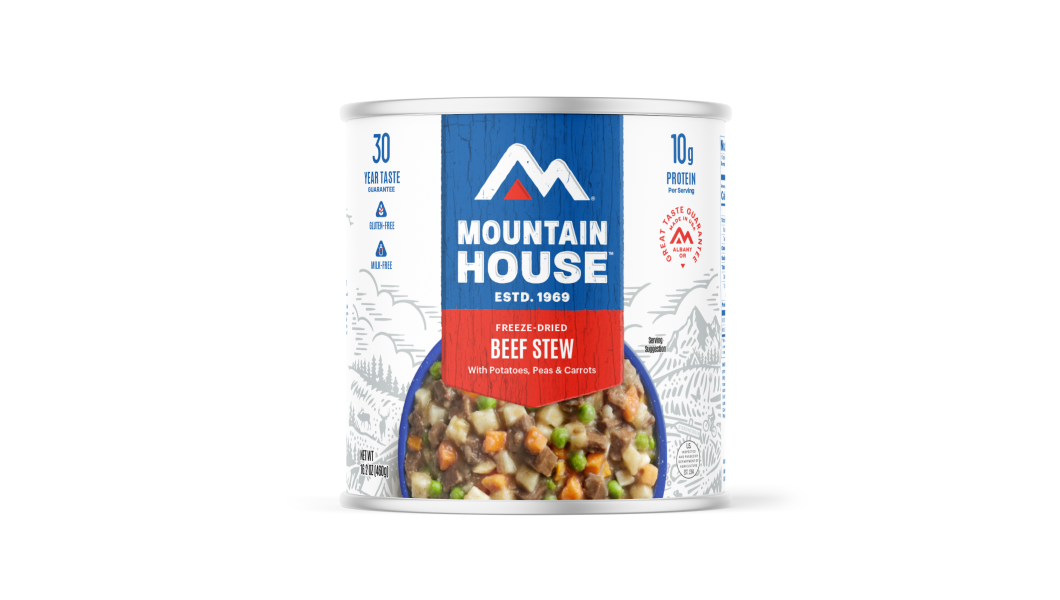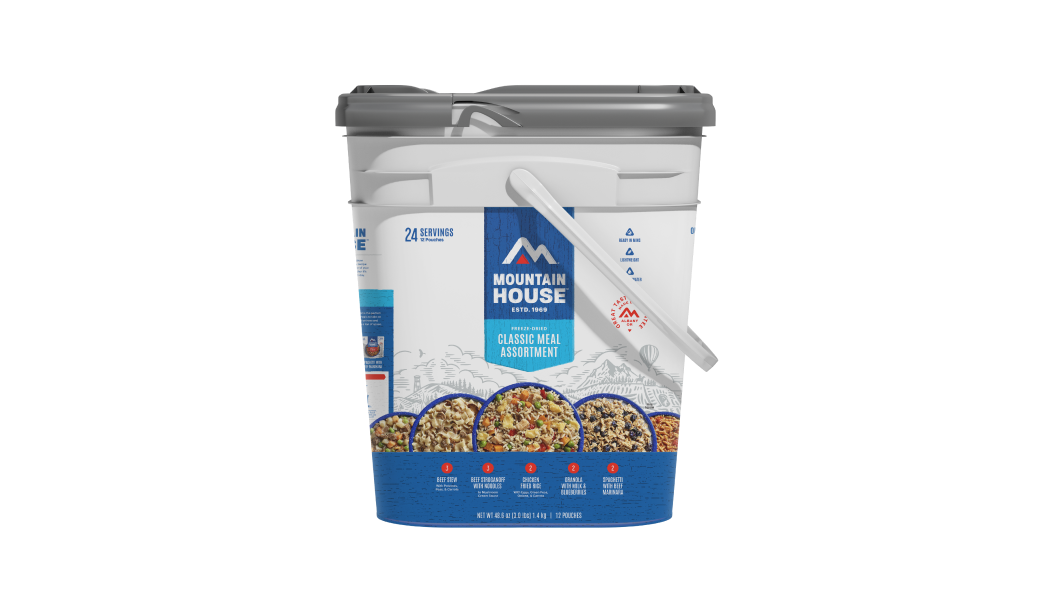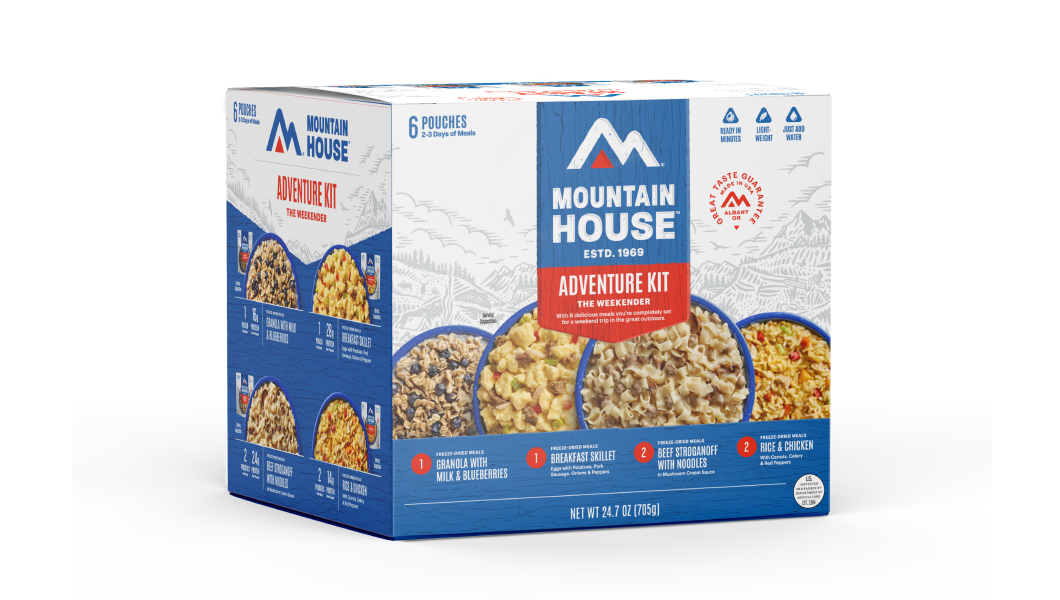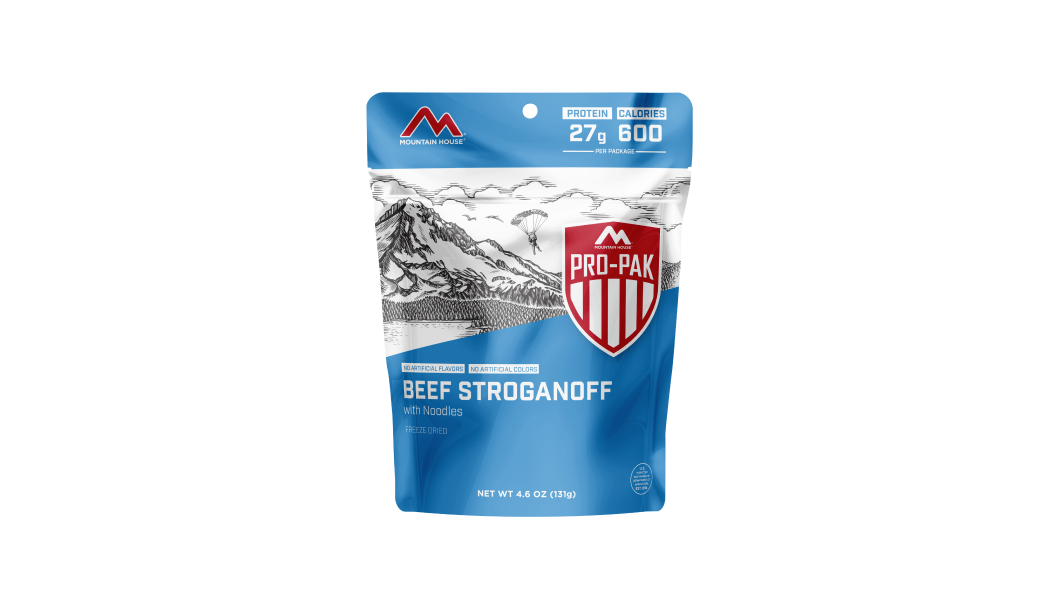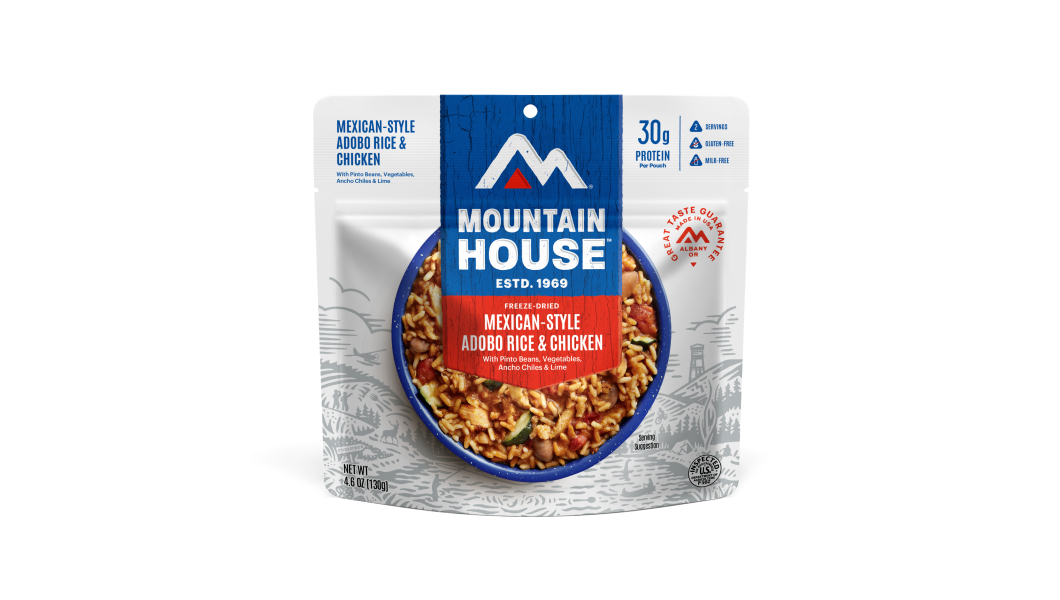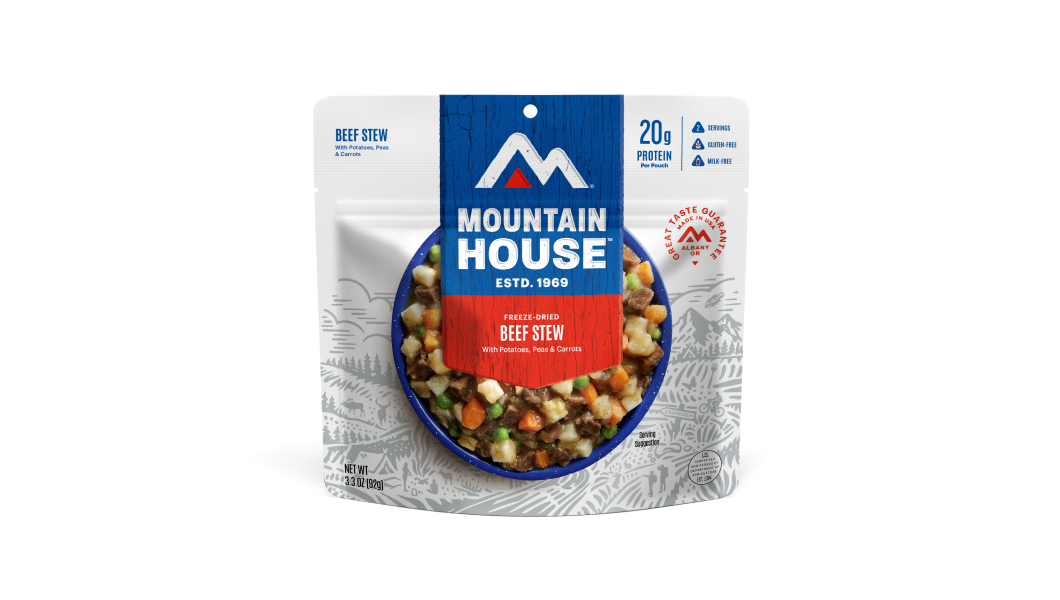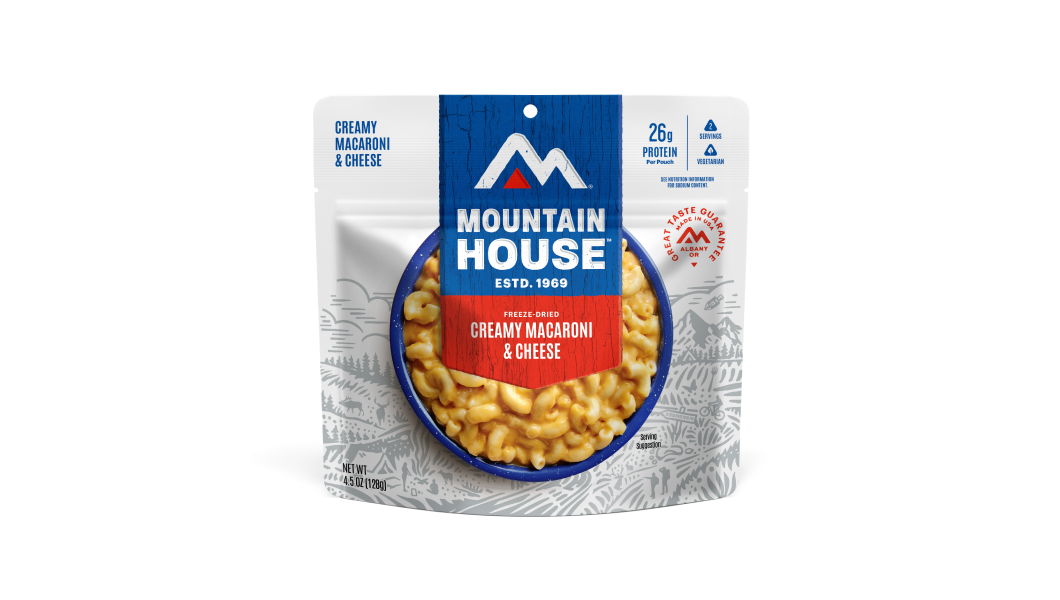Inspired for an Adventure? Check out Beef Stroganoff - Pouch and Beef Stew - Pouch
Free Ground Shipping On All Orders
Over 2,100 Reviews
Add description, images, menus and links to your mega menu
A column with no settings can be used as a spacer
Link to your collections, sales and even external links
Add up to five columns
Add description, images, menus and links to your mega menu
A column with no settings can be used as a spacer
Link to your collections, sales and even external links
Add up to five columns
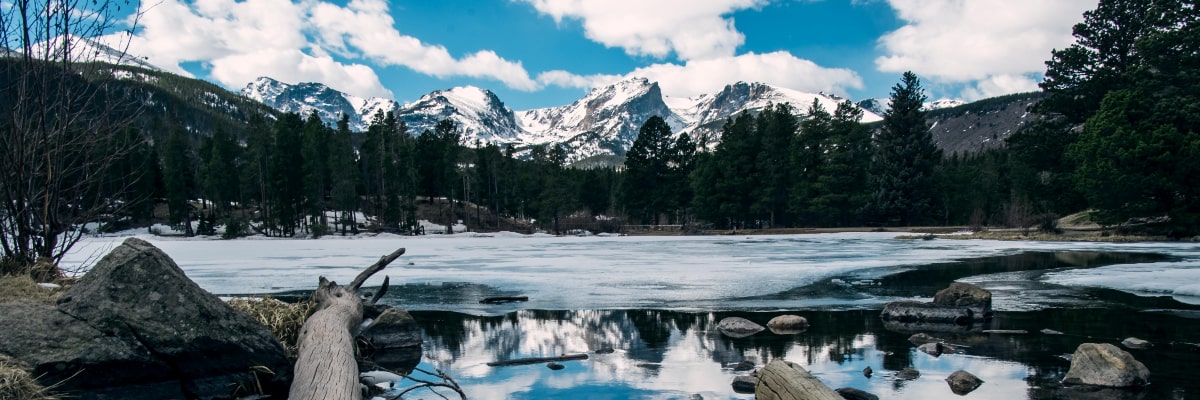

One of the highest-elevation national parks in the U.S. and also among the most visited, Rocky Mountain National Park is also, without question, an absolutely world-class destination for backpacking. More than 350 miles of hiking trails wind their way from montane and subalpine forests into the yawning tundra-scapes and glacier/snowfield cirques above timberline, forming a superlative trail system that’s most thoroughly appreciated by those willing to hoof it into the backcountry for one or more nights.
What follows is our roundup of some of the very best trails in Rocky Mountain National Park from a backpacking perspective. Before we dive into the actual list, though, let’s set the stage with some park background and insights into how we chose these routes.
Why Rocky Mountain National Park Is a Backpacker’s Paradise
Backpackers in Rocky Mountain National Park enjoy spectacular scenery, to put it mildly. Encompassing 415 square miles of the Southern Rocky Mountains—including the headwaters of the Colorado River—and threaded north-to-south by the Continental Divide, the park sweeps from 7,860 feet to the 14,259-foot summit of Longs Peak, the northernmost and among the best-known “Fourteeners” in Colorado. (The Centennial State, by the way, accounts for all of the Fourteeners in the entire Rocky Mountain chain.) Some 60 mountaintops in the park reach past 12,000 feet, and you’ll find North America’s highest paved road—legendary Trail Ridge Road—here. There are numerous postcard-perfect mountain lakes, sprawling grassy “parks,” thunderous cascades and waterfalls, a few holding-on glaciers and many more perennial snowpatches, and vast sweeps of alpine tundra spangled with wildflowers and framed by sea-of-peaks skylines.
And wildlife spikes the grand-scale landscape, with sightings of elk, bighorn sheep, mule deer, moose, marmots, coyotes, golden eagles, ptarmigan, and other Rocky Mountain critters commonplace. Black bears are also abundant in the park, which means backpackers need to abide by proper backcountry food-storage protocols.
The aforementioned trail system threading through this remarkable swath of the Southern Rockies comes peppered with designated backcountry campsites, and multi-day trips along well-laid-out loops are easy to plan.
How We Picked the Top Trails in Rocky Mountain National Park
Given the plethora of choices, it’s not easy to pick the best hiking trails in Rocky Mountain National Park. The following dozen, though, satisfied our basic criteria, which included routes that were true overnighters or multi-day backpacks and which balanced scenery, challenge, and ready access to backcountry campsites, also taking into account factors such as elevation gain, trail conditions, permit availability, and relative remoteness.
Top 12 Backpacking Trails in Rocky Mountain National Park
We’ve grouped the 12 trails below in three categories based on their length, difficulty level, and elevation. Unless we’ve stated otherwise, all mileages are round-trip.
Easier Overnighters (6-15 Miles)
(1) Thunder Lake (Wild Basin): This classic 13.6-mile hike climbs from the Wild Basin Trailhead in the southeastern sector of the park up North St. Vrain Creek—passing impressive Copeland Falls early on—to reach the high cirque of Thunder Lake, magically framed by Tanina Peak and Pilot Mountain.
(2) Bluebird Lake (Wild Basin): Another great overnighter option out of the Wild Basin Trailhead, the 12.6-mile trek to Bluebird Lake takes you up North St. Vrain and then Ouzel creeks, with whitewater drops such as Copeland Falls, Calypso Cascades, and Ouzel Falls among the spectacles en route. The trail steepens to reach Upper Ouzel Creek Backcountry Campsite, with swoon-worthy Bluebird Lake—lorded over by 12,716-foot Ouzel Peak astride the Continental Divide—a short jaunt beyond. (There are a lot of “ouzel” in the place names here: that’s another name for the unique stream-plunging songbird called the American dipper, easy to spy in Rocky Mountain National Park.)
(3) Fern Lake & Odessa Lake: From the Fern Lake Trailhead near Moraine Park, this hike proceeds up the Big Thompson River to the mouth of Fern Creek (at the boiling confluence called The Pool), then up the latter past Fern and Marguerite falls to forest-cradled Fern Lake. Impressive ramparts to the southwest hint at the viewshed available from Odessa Lake, another mile beyond in a timberline setting, where the 11,586-foot tower of Little Matterhorn and such big eminences as Flattop, Notchtop, and Knobtop mountains form a heck of a backdrop.
(4) Lawn Lake Trail: This fantastic 12.4-mile trail out of Lawn Lake Trailhead takes you into the flanks of the Mummy Range, one of the Front Range subranges composing Rocky Mountain National Park’s mountainscape. You’ve got close to 2,500 feet of elevation gain to muscle through as you grind up the gorge of the Roaring River, but the rewards—a campsite amid lakeside spruce-fir forest and whopper views of peaks such as 13,425-foot Mummy Mountain—are multifold.
(5) Sandbeach Lake: You’ll push through about 2,000 feet of elevation gain from the Wild Basin Trailhead to reach Sandbeach Lake, situated at 10,343 feet, but it’s unquestionably worth it. The waterbody’s well-named, with ample sandy square footage along its margin—more like an ocean beach than a mountain lakeshore—and the views of guardian peaks such as 13,911-foot Mount Meeker (just barely not a Fourteener!) are glorious. Multiple backcountry campsites along the route and up at the lake itself make this 8.7-mile undertaking the perfect overnighter.
Moderate Multi-Day Routes (20-30 Miles)
(6) North Inlet Trail to Lake Nanita & Lake Nokoni: The fingered spires of Ptarmigan Mountain are worth the “price of admission” on this hike out of the Grand Lake area, which involves a round-trip total of about 22 miles and close to 3,900 feet of elevation gain. This is some of the park’s quietest backcountry, which alone recommends the adventure.
(7) Tonahutu Creek to Flattop Traverse: Pull off one of the park’s great backpacking loops and trudge along a dazzling section of the Continental Divide National Scenic Trail by combining the North Inlet and Tonahutu Creek trails. This roughly 30-mile endeavor—which can be hiked clockwise or counterclockwise—begins and ends at the Tonahutu/North Inlet trailheads near Grand Lake and tops out amid the panoramic tundra heights of 12,824-foot Flattop Mountain on the Continental Divide.
(8) Mirror Lake & Comanche Peak: A fine backpack in the Mummy Range can be had via this route, which proceeds from the Corral Creek Trailhead in the Roosevelt National Forest, then enters Rocky Mountain National Park via the Corral Creek and Mummy Pass trails. Turn off on the Mirror Lake Trail to reach Mirror Lake up at 11,000 feet. Consider tacking on a hike up to the boundary between the national park and the 68,025-acre Comanche Peak Wilderness to summit its high point, 12,702-foot Comanche Peak, which affords awesome sightlines over the Mummy Range. This makes for a 12.4-mile trip.
Strenuous Backpacking & Summit Routes (30+ Miles or High-Elevation)
(9) Longs Peak (Keyhole Route Overnight): Summiting Longs Peak via the Keyhole Route is one of the iconic mountaineering endeavors in the Rockies and surely the most famous Fourteener climb in Colorado. And emphasis on “mountaineering”: Beyond the Keyhole—a distinctive notch on the north shoulder of the peak—the remaining 1.5 miles to the mountaintop is, as the National Park Service takes (understandable) pains to stress, a demanding climb, not a hike. The route overall is a Class 3 undertaking with significant exposure, narrow traverses, and steep scrambling, and the challenge is intensified by the need to get down off the summit as early in the day as possible to avoid being caught in a thunderstorm—and by the frequent hazard of rockfall provoked by fellow climbers. (The Keyhole Route can get mighty busy in summertime.)
Many Longs Peak climbers tackle the 15-mile round-trip Keyhole Route, which involves close to 4,900 feet of elevation gain, as an ultra-demanding dayhike. If you’re willing to lug a heavier pack up the mountainside, though, you can make it an overnighter: Backcountry camping along the route includes the lower-down Goblins Forest and Battle Mountain campsites as well as the unique Boulder Field Backcountry Campground, which has nine sites sheltered by rock rings among the sprawling talus pile just below the Keyhole.
(10) Hallett Peak via Flattop Mountain: This 20-mile adventure gives you plenty of quality time above timberline, traversing the alpine tundra along the Continental Divide as you first summit 12,324-foot Flattop Mountain via the maintained trail from Bear Lake Trailhead, then follow cairns to hit up 12,720-foot Hallett Peak. Commanding views over the Bear Lakes country and a nice look at the Tyndall Glacier—lying below the saddle in between Flattop and Hallett—are highlights.
(11) Mount Ida (Milner Pass to Timber Lake TH): Utterly spectacular alpine scenery and the chance to summit one of Rocky Mountain National Park’s less-trafficked, trail-accessible peaks are attractions of this 11-mile shuttle backpack. Something of a hidden gem of the high country, the 12,880-foot summit of Mount Ida delivers sweeping views, including westward to the Never Summer Mountains (where the Colorado River heads) and eastward to Longs Peak. The trail from Milner Pass to the Mount Ida summit is clearly marked; you’ll have to do some (manageable) route-finding to down-climb from there to Timber Lake, where the Snowbird Backcountry Campsite is one of several camping options en route to the descent to the Timber Lake Trailhead.
(12) Glacier Gorge to Black Lake: The otherworldly alpine basin of Black Lake makes this yet another of the best backpacking trails Rocky Mountain National Park has to offer. In fact, it’s often done simply as a dayhike, as the total mileage is just shy of 10 miles, but overnighting at Glacier Gorge Campground extends the pleasure of experiencing this lake- and waterfall-studded corridor. Highlights of the hike from Glacier Gorge Trailhead on Bear Lake Road (which can be reached via the free park shuttle during summer) include Alberta Falls, Mills Lake (the views from which include the striking spire spine along Longs Peak’s flanks called the Keyboard of the Winds), Jewel Lake, and Ribbon Falls. Black Lake’s rocky cirque comes overlooked by mighty McHenrys and Chiefs Head peaks, as well as the Arrowhead and Spearpoint prongs.
Backpacking Tips for Rocky Mountain National Park
Permits Required
You’ll need a Wilderness Permit to stay overnight in the Rocky Mountain National Park backcountry. Given out in limited numbers to manage visitor impacts, these can be obtained at the Headquarters Wilderness Office and the Kawuneeche Visitor Center. The Wilderness Permit is issued along with a Dash Tag, which should be displayed in your vehicle.
Plan Ahead & Reserve Campsites Early
Download the official Rocky Mountain National Park backcountry map PDF and book campsites early, as popular spots fill up fast!
Pack Smart
Bring your 10 essentials and the commercially made bear-proof food-storage container (bear canister) required by the park from April 1st through October 31st. (There aren’t grizzly bears in Rocky Mountain National Park—they were extirpated long ago—but black bears, as mentioned before, are abundant.) When you’re backpacking anywhere, lightweight and easily packable meals—not least, of course, Mountain House pouches!—make the best provisions.
Acclimate First
Plan to spend at least a night or two at 7,000 or 8,000 feet before embarking on a backpacking trip in Rocky Mountain National Park. Estes Park or the Moraine Park Campground, for example, are good choices for pre-trek acclimating.
Wildlife Safety
Keep all of your food, as well as other scented items and trash, in your bear canister, and store it at least 200 feet away from your campsite.
Black bears aren’t the only potentially dangerous critters in Rocky Mountain National Park: Elk, moose, and mountain goats, for example, can be ornery when they feel threatened. Maintain a safe distance from wildlife to both protect yourself and avoid unduly stressing out the magnificent animals that call this place home.
Stay Weather-Aware
We’ve mentioned more than once the real hazard posed in Rocky Mountain National Park by the frequent summer and early-fall thunderstorms, which are often daily afternoon occurrences due to moisture monsoon. Make every effort to start early and get back down below timberline by midday-ish for tundra and summit hikes, and turn around if clouds begin looking threatening. Few places are as terrible to be during lightning as the alpine zone, and large areas of the park’s tundra essentially offer no safe refuges.
Early- to mid-summer hikers should also be aware that snow and ice may impede travel on higher-elevation trails.
Keep Camping Spots Clean & Minimize Environmental Impact
Stay on established trails as much as possible, camp only in designated backcountry campsites, and travel on durable surfaces to lighten your impact on the Rocky Mountain National Park landscape and its ecosystems. Especially fragile environments include lakeshores, wet meadows, and the alpine tundra.

Fuel Your Backpacking Trips With Mountain House Meals
When you’ve hiked down from that dazzling alpine lake or roof-of-the-world Continental Divide summit, nothing hits the spot like a Mountain House feast! Lightweight, delicious, and incredibly quick and fuel-efficient to prepare, our freeze-dried meals are ideal for backpacking as well as long dayhikes and car-camping national park explorations. Check out our complete camping and backpacking collection!

How to Hike Safely in Winter & Cold Weather

5 Wilderness Survival Situations: Skills and Strategies to Stay Safe
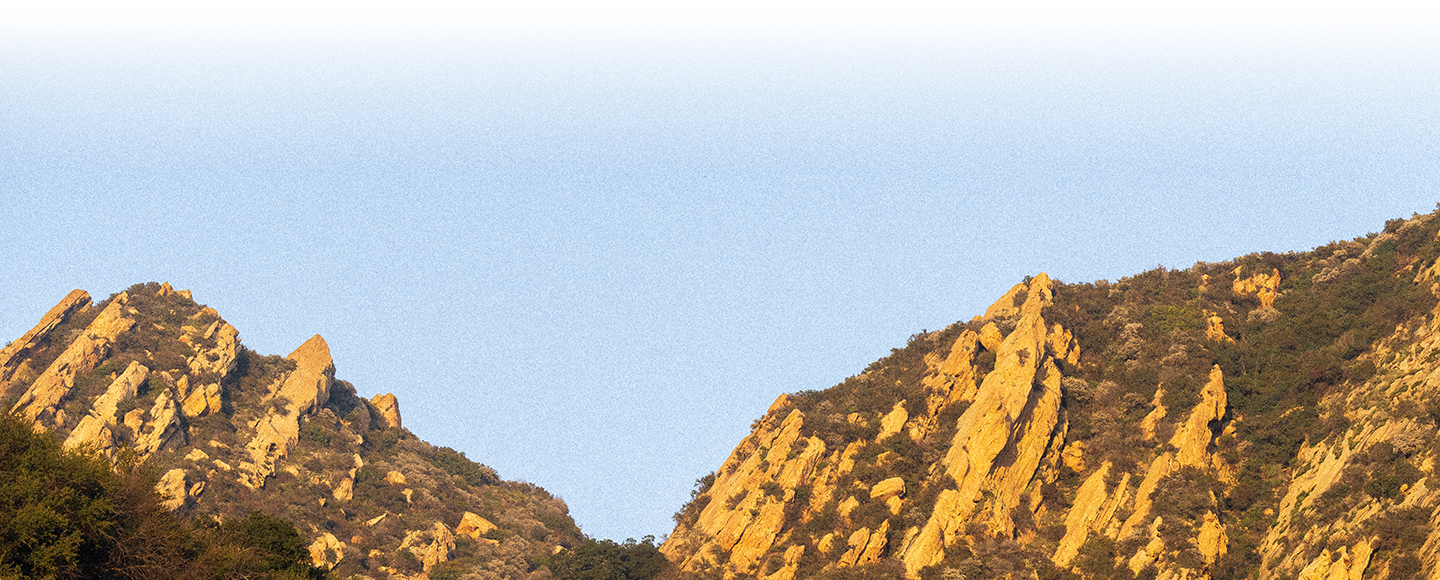
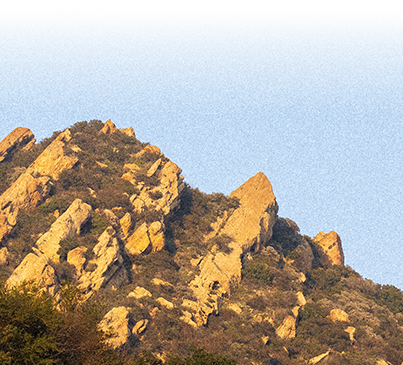
Stay Hungry for Adventure
Sign Up for Delicious Outdoor Meals & Exclusive Offers!
By clicking ‘Join Now’, I agree to the Terms of Service and Privacy Policy.


Join the adventure
©2025 Mountain House — All Rights Reserved.
Your Cart is Empty
Continue ShoppingYour Cart
Subtotal
$0.00
EXPRESS PAYMENT METHODS AVAILABLE IN CHECKOUT
Taxes and Shipping Calculated at Checkout
Your ExpertVoice deal.
$[Deal Price]
$[Original Price]
Discount applied at checkout.
On sale now — lower than your ExpertVoice discount.
Not eligible for ExpertVoice discount.
